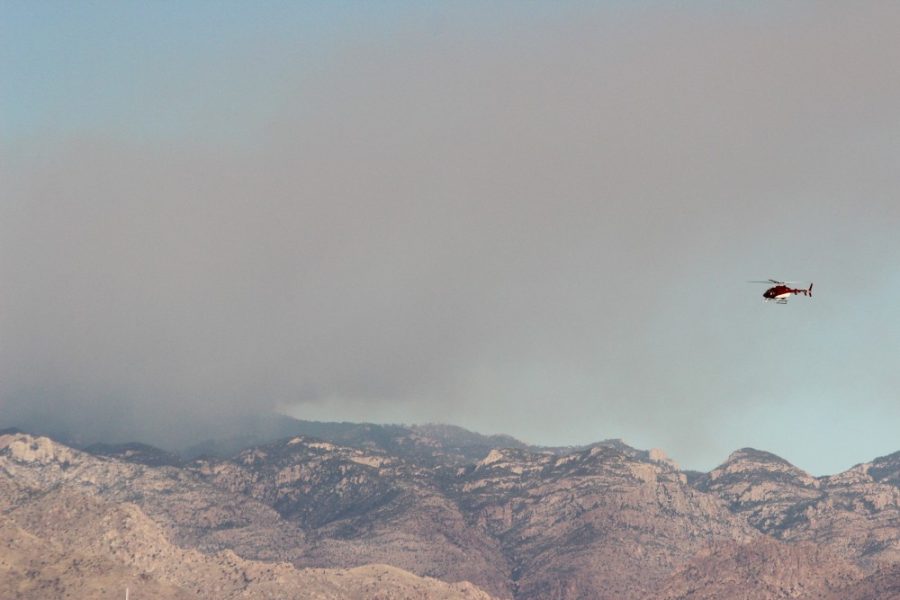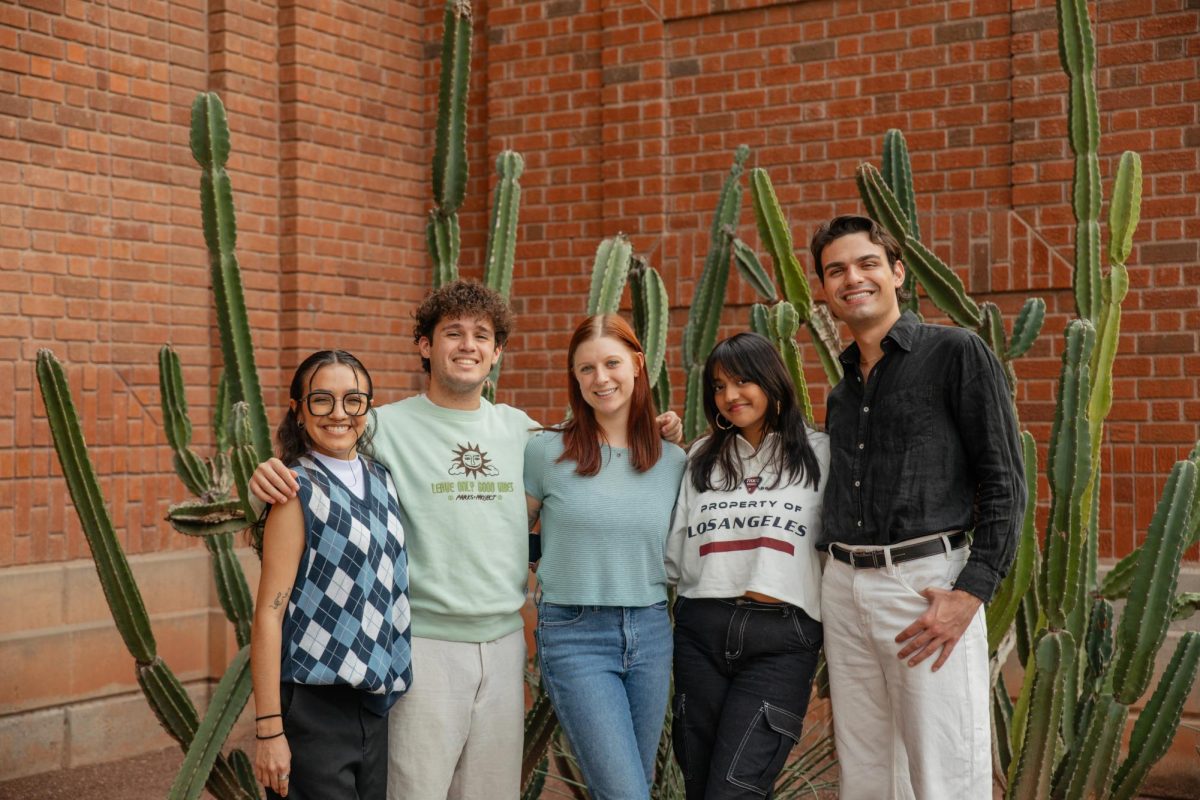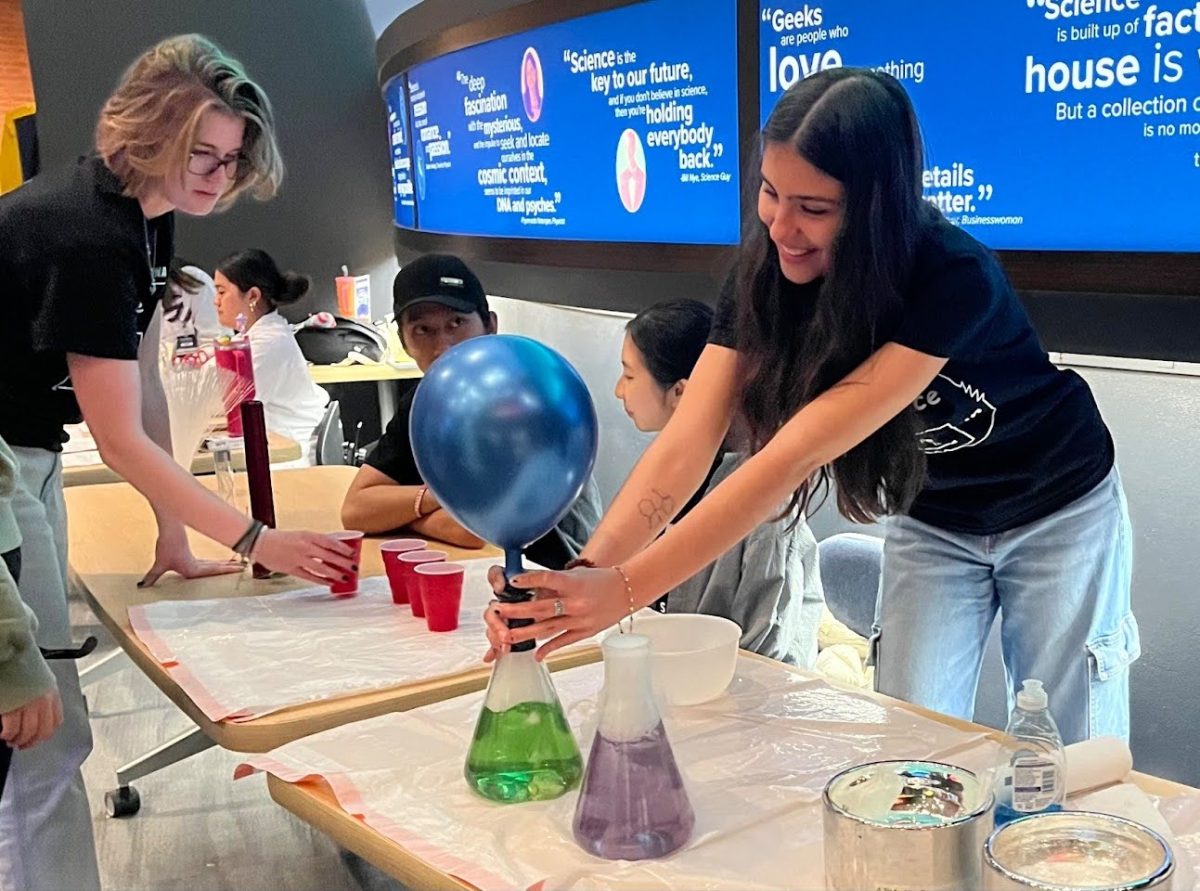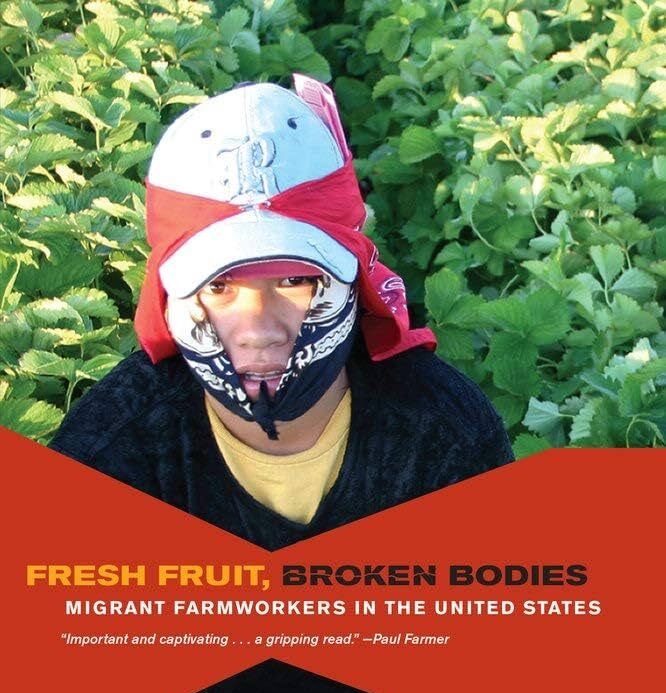Spring is coming earlier and earlier
Scientists from the U.S. Geological Survey, the National Park Service and the UA found in a recent study that spring has been coming earlier than usual in many national parks across the country. The study compared patterns of historical temperatures through 1912 and 2012 for national parks and found that 75 percent of the parks studied experienced characteristics of early springs, and has been classified as “extremely” early springs in close to half of the parks studied.
To compare these different timings of spring, scientists used models called spring indices. These indices were co-developed by the USA National Phenology Network, an organization that is funded by the U.S. Geological Survey and studies the timing of animal and plant life cycles.
The timing of spring is linked to the accumulation of temperature, according to Katharine Gerst, a research scientist with the UA School of Natural Resources and the Environment. Gerst said an early spring can impact species interaction, such as between plants and pollinators, and early springs have been linked to increased takeovers by invasive species.
Gerst said studies such as this can help park rangers better understand the long term trends in the climate of their parks.
New fire research
UA and Pennsylvania State University scientists have found that the way humans use land affects forest fires in the Sierra Nevada mountain range in California more than the climate does.
Researchers studied tree rings from 29 different sites in the Sierra Nevadas to look at the annual number of forest fires since 1600, according to UA associate professor Valerie Trouet, of the UA’s Tree Ring Laboratory.
Trouet said the team saw three distinct shifts around 1775, 1865 and 1905, with the most recent shift leading to a decrease in the fire record because of fire suppression policies. The increased suppression of fire can create problems because there is more material to burn, as it has not been burned already by other fires.
“We’ve been doing that for more than 100 years now … there’s a lot, lot of fuel in the forest,” Trouet said. “If a fire happens now, it’s going to get big and very destructive.”
Trouet said prescribed burns can help drought, which makes conditions drier for fires, have less of an impact on fires.
Birth Year may affect flu effects
Researchers from UA and University of California, Los Angeles have found that one’s history of exposure to a certain strain of the influenza virus can shape how they are impacted by the virus.
Researchers looked at two different strains of influenza virus that have crossed back and forth between humans and birds, and found that the viruses tends to occur in different age groups, according to Michael Worobey, one of the study’s authors and the head of the UA Department of Ecology and Evolutionary Biology.
When combined with demographic data, influenza data pointed out a major pattern: People born before 1968 were exposed to one branch of the flu as children, while most people born after 1968 were exposed to a different branch. Worobey said that people tend to die or be severely affected by avian viruses when they are unrelated to the type of childhood virus to which they were exposed to.
“There’s some sort of immunity that we get that stretches across different subtypes of the virus in a much wider way than previously thought,” Worobey said.
Worobey said this information could possibly impact on vaccinations and treatment of these viruses.
“I think this will end up helping reshape the way we vaccinate against influenza because it’s now clear that each person’s individual history of exposure is really important,” Worobey said.
New technology for treatment of leukemia
Acute myeloid leukemia has a new enemy: Researchers at the University of California, San Francisco and UA have made a new treatment to suppress this type of leukemia.
Tech Launch Arizona collaborated with inventors, such as UA College of Pharmacy graduate Brendan Frett and Hong-yu Li, Ph.D. who was a College of Pharmacy professor when the treatment was created, to protect the technology for the treatment. The inventors created Promutech Pharmaceuticals Inc. for their treatment, which is working to prolong the lives of patients with this type of leukemia.
The team behind the treatment technology is looking to find therapeutics to block mutated oncogenes so they don’t allow normal cells to become cancerous cells.
Solar heat island effect
Researchers from the University of Maryland, the University of Madison-Wisconsin, the Nevada Center of Excellence and the UA have found a solar heat island effect that comes from large solar power plants.
This means the temperature around the solar power plant is raised, similar to that of urban areas. Researchers conducted experiments in three different desert areas in Arizona and found that temperatures around solar power plants were around 5.4-7.2 degrees Fahrenheit hotter than surrounding areas not by the power plant.
The group plans to do future research to find how far these temperature increases reach beyond the power plants.
Follow Ava Garcia on Twitter.









